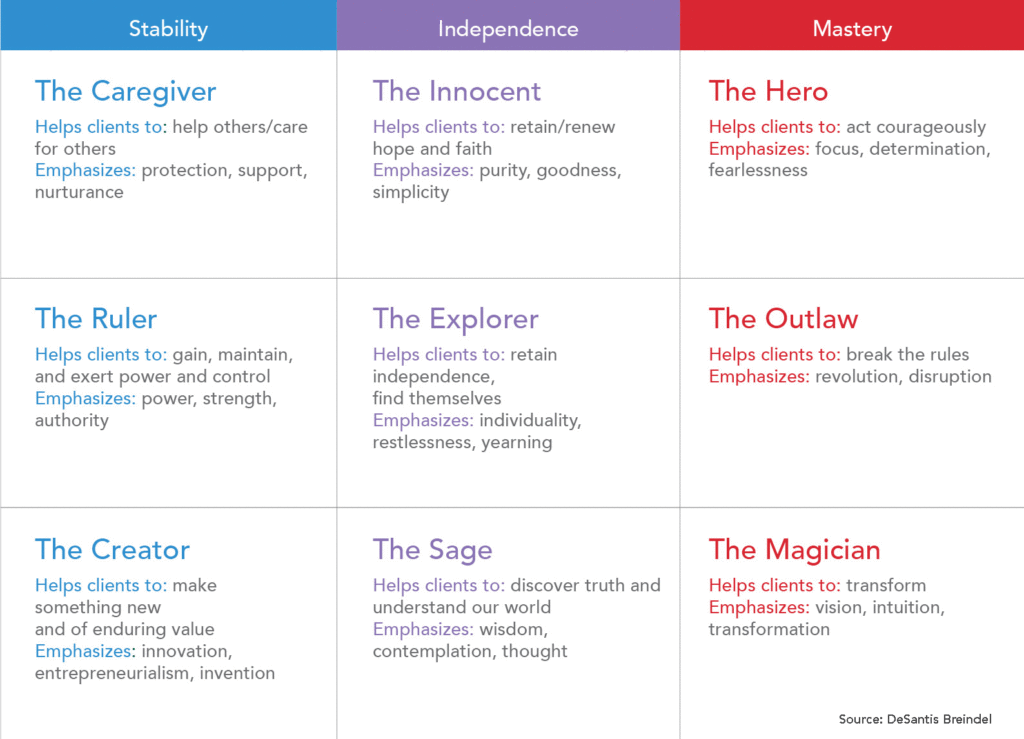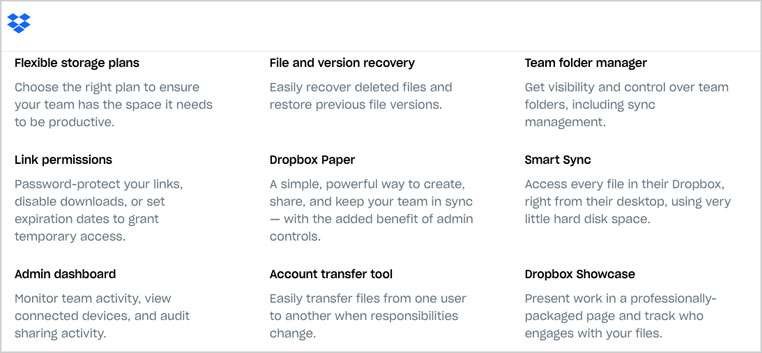Six ways B2B businesses can borrow from B2C companies to make content more compelling
In the past, B2B and B2C marketing existed on opposite ends of a spectrum. Where B2C communications were casual and colloquial, B2B materials were formal and professional. Where B2C ads built a friendly rapport with their customers, B2B campaigns often adopted a more serious tone.
But today a shift is underway. More frequently, B2B brands are being measured by standards set in the B2C space. After all, B2B clients are consumers, too. Whether it’s the speed of Amazon, the convenience of Uber, or the personalization of Netflix, superior customer experience drives preferences and shapes expectations across all brand interactions, B2C and B2B.
The customer experience that buyers demand is influenced by a range of factors, but one that’s key is B2B brand voice. The way a brand speaks to its audience sets the stage for all future interactions, and leaves a strong impression with readers and listeners. So for B2B brands, transitioning away from a more traditional writing style isn’t just smart — it’s imperative.
Still, it’s not an easy task. Often, B2B enterprises are limited in the language they can use. For example, many operate in highly regulated industries where communications are affected by legal restrictions. Others may produce exceptionally technical products and struggle to speak simply about these complex offerings. And ultimately, B2B businesses still need to maintain a level of professionalism, so their clients feel confident enough to partner with them on high-value and high-stakes deals. So, with all of those challenges to consider, how can they adopt a more human brand voice that still feels true to their business? By borrowing just few tactics from their consumer counterparts, B2B brands can transform their writing from cold to compelling. Here are some of our top tips:
1. Prioritize Personality
Like people, every brand — B2B and B2C — has a personality. In workshops with our clients, we use Jungian archetypes to help them identify their unique brand personality. These personality archetypes — such as Magician, Caregiver, Explorer — are the universal characters that reside within our collective unconsciousness – we all recognize these characters and their associations without even thinking about them.

A company that’s bold and relentless (The Hero) shouldn’t sound the same as a brand that’s approachable and nurturing (The Caregiver). For example, a “Contact Us” call-to-action for the former might read: “Questions? We’re ready with answers.” It’s short, pithy, and confident — and conveys authority to readers. However, the same call-to-action would feel quite different when written in a warm, conversational tone for the later organization: “Give us a shout. We’re here to help.” Though both of these sentences encourage readers to get in touch, they feel noticeably different from one another … and that’s because of personality. Determining these characteristics will guide your writing — making it even more distinct from the get-go.
2. Limit Buzz Speak
As a B2B business, your expertise is an important quality to convey to clients and prospects. But peppering your writing with industry jargon and high-level vocabulary isn’t the only way to showcase that expertise. In fact, minimizing elevated language can actually help critical concepts stand out and your expertise shine through. You can still convey your knowledge and skill through stories and proof points. For example, highlight a time where you solved a client’s problem, mention your 100-year history, or elevate the people who are subject-matter experts within your organization. You’ll reinforce your valuable experience much more effectively than a fact sheet littered with business- or tech- speak.
Sometimes, however, jargon is unavoidable — and audiences may even expect to hear certain words in your content. In these moments, strike a balance. If you’re a business insurance company explaining your “liability insurance” offerings, “liability” is essential to include. But you can expand beyond that specific term — using phrases like “accident,” “issues you face,” or “when things go wrong.” So swap out obscure and lofty words for everyday phrasing. Creating accessible content is the better way to sound smart.
3. Modulate Across Mediums
Not all content is created equal. And consequently, different types of communications may take on different tones — from informational to expressive, from educational to inspirational. Materials like press releases, fact sheets, and white papers, for example, should sound more technical than social media posts and advertisements, which need an emotional angle to intrigue readers. Consider the web conferencing company, GoToMeeting. On a more serious platform like their website, GoToMeeting’s content is simple and straightforward. But on their Twitter and Instagram channels the brand lets loose a little bit — creating topical posts that highlight the importance of communication in a more humorous, relevant way. By recognizing where your specific B2B collateral falls on the scale of professional- to personable-sounding, you can maximize its effectiveness.
4. Say Just Enough
To stay relevant in the era of digital media, B2B companies are publishing an ever-increasing amount of articles and think pieces, blog posts and ads. And with content inundating them left and right, readers have been forced to become content skimmers. That means less is often more. Condense your writing, so the spotlight stays on the most important information. Create new paragraphs and add punchy subheads to help break up big chunks of text. And whenever possible, use bullets and lists to make text easier to scan. Dropbox Business does this well. With a webpage dedicated exclusively to the features that its plans offer, Dropbox uses short, to-the-point headers followed by easy-to-read, one-sentence synopses to tell its audiences everything they need to know—and not a word more.

5. Write Rhythmically
A flat, monotone structure will lose your clients’ interest fast. Make your content engaging by posing questions that not only put your readers at the center, but also help you pivot seamlessly between ideas. Add pace and dynamism to your writing by mixing short, simple sentences (and even parentheticals) with longer, more complex ideas. And don’t be afraid to break grammar rules. Start sentences with conjunctions. Fragments, too. (See what we did there?) Basecamp, a web application company, has mastered all of the above on their homepage — which brings bite-size sentences, lists, and a call-and-response set-up all together in one paragraph. And just as these tactics enhance Basecamp’s copy, they’ll also add a cadence to your own writing that not only feels natural, but also keeps your audience intrigued.
6. Embrace Storytelling
Storytelling makes your content better. By incorporating subtle narrative elements — like telling real customer success stories, offering hypothetical scenarios, or providing compelling context to help set the stakes — you’ll hook readers from the get-go. Take General Electric. This innovator incorporates storytelling across a number of mediums, particularly through their Instagram feed. In an Instagram post about a wind turbine technician, GE uses the caption to create a compelling mission that not only offers insight into the behind-the-scenes picture, but also draws us in immediately: “Why does Kristen Hough, GE wind turbine technician, scale 320-foot wind turbines every day? Because somewhere in her hometown of Tumbler Ridge, someone needs power.”

About The Contributor
Caroline Welch is a Senior Strategist and Writer at DeSantis Breindel. She uses her love for language to create more compelling, engaging content for B2B businesses, helping them better connect with their audiences.





